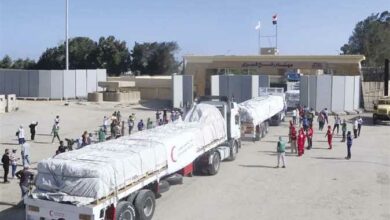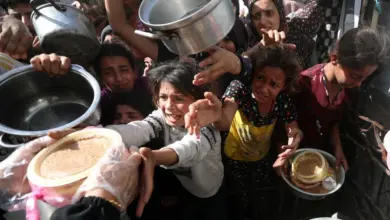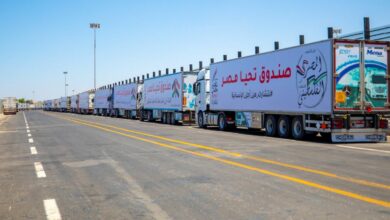Many say that Bratislava isn’t worth visiting, that it is a miniature Prague, and that it can be toured in one to two days. Bratislava is a relatively new capital, with very little history and culture. After Czechoslovakia spilt up in 1992, the state of Slovakia was born, and Bratislava became its capital. While the city’s history is limited, it does offer some nice architecture, though it’s clearly not as old and impressive as Prague’s.
On the upside, tourists aren’t as prominent as they are in the Czech capital. But on the downside, the prices are almost as high. The city center is like a labyrinth, it seems that no matter where you walk, you always end up in the same place.
Colorful houses illuminate the old streets of city center. As you head toward the train station, you discover Slovakian government buildings, which conceal wonderful gardens ideal for taking walks in warm weather.
It’s obvious that this city lacks history. The Bratislava Castle, located on top of a hill nearby the city center, seems brand new. With its white, shiny walls and roof made of bricks, it dominates the city, but doesn’t offer much as a touristic attraction. The view, though, is wonderful. On the day I’m there, the weather is unstable, with the sky varying from from gloomy to shiny, producing wonderful lights and colors absolutely ideal for landscape photography.
As I reach the entrance to the castle, I realize that no one is actually allowed in. So after having climbed the hill for 20 minutes to visit it, I find myself immediately heading back down, as there is nothing else to do up there.
On my way down, I stop in a couple of small churches. They are mostly well-kept and quite nice.
I expect Bratislava to at least offer some delicious, traditional Slovak food; but instead, wherever I go, I am disappointed. Maybe I am just picking the wrong places. Yet I follow my usual trick: asking locals, tourist guides and whoever else seems nice. This is a failure. Maybe my nose misleads me or I get unlucky, as every place I eat in is overpriced and has low-quality food. I assume this is a consequence of the adoption of the euro or of the Westernization of the country, but regardless, it really isn’t worth eating out.
I have to acknowledge that I was mistaken to have stayed in Bratislava for more than 24 hours. The Slovaks call it “the biggest village in Slovakia,” and now I understand why.




